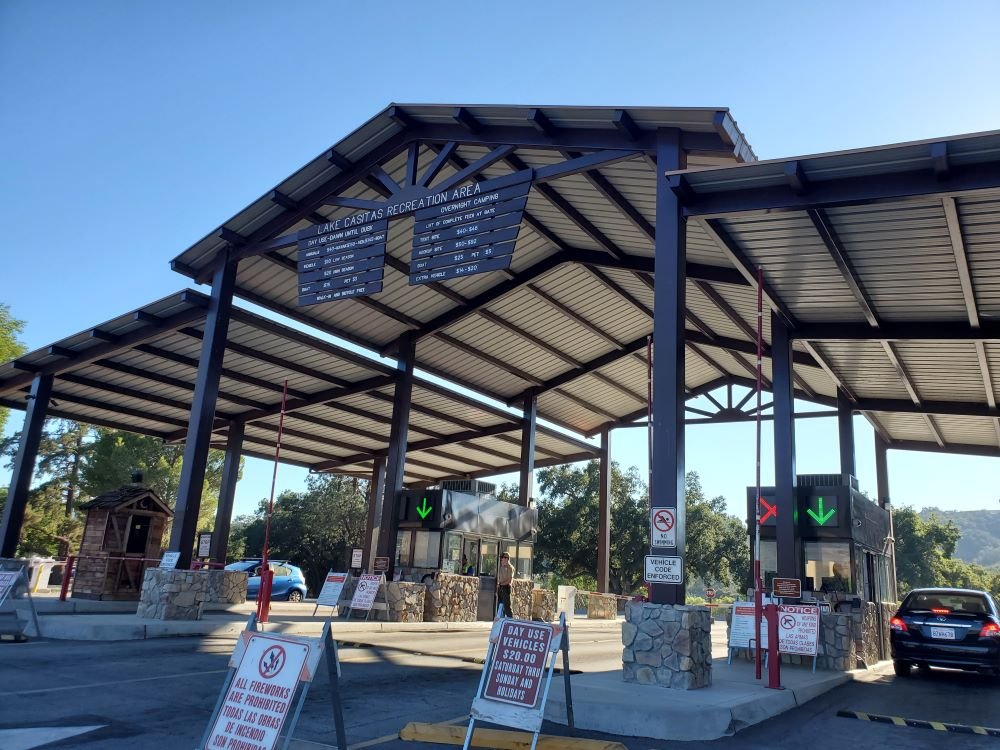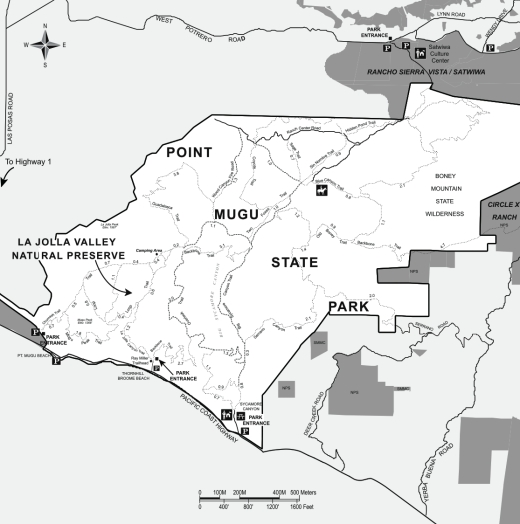Lake Casitas Recreation Area in Ventura
/The Lake Casitas Recreation Area is operated by the Casitas Municipal Water District, which supplies water to 70,000 people and hundreds of farms in western Ventura County, encompassing Ojai, the Ventura River Valley area, the city of Ventura to Mills Road, the Rincon and beach area to the ocean and the Santa Barbara County line.
Lake Casitas is a reservoir that was completed in 1959, with a capacity of 254,000 acre feet. The lake was used for canoeing and rowing events for the 1984 Summer Olympics. While swimming is not allowed in the lake because it is a water supply, boating, canoeing, kayaking and fishing is indeed allowed here.
There are a lot of fun things to do in the Lake Casitas Recreation Area:
Camping: There are over 400 campsites at Lake Casitas. More information and reservations at www.casitaswater.org/recreation/camping.
The Casitas Water Adventure is a summer water park with a lazy river, splash pad, lagoon and aquatic play structure www.casitaswater.org/casitas-water-adventure
Boating and Fishing: Described above. You do need to have a fishing license if you are age 16 or older. Boat rentals, fishing licenses, bait and tackle and more is offered at the on-site Casitas Boat Rentals. casitasboatrentals.com
Picnicking: You can enjoy picnicking and exploring at 13 different picnic areas at Lake Casitas. it’s also a nice place for bike riding. www.casitaswater.org/picnic
Disc Golf: Coyote Point Disc Golf Course overlooks Lake Casitas and is set in rugged terrain with concrete tee pads. Free of charge. www.casitaswater.org/disc-golf
Pickleball: There are three pickleball courts at Lake Casitas. www.casitaswater.org/pickleball
Day use hours are 6 am to 7:30 pm daily. $10 entry fee for vehicles during off season (Labor Day to Easter) and $20 on weekends during “on” season (Easter to Labor Day). Or you can be a cheapskate like me and park on Santa Ana Road and walk in. Location is 11311 Santa Ana Road, Ventura. For more information, visit www.casitaswater.org/recreation or call 805-649-2233.
Front entry to Lake Casitas Recreation Area in the summer of 2022.



























